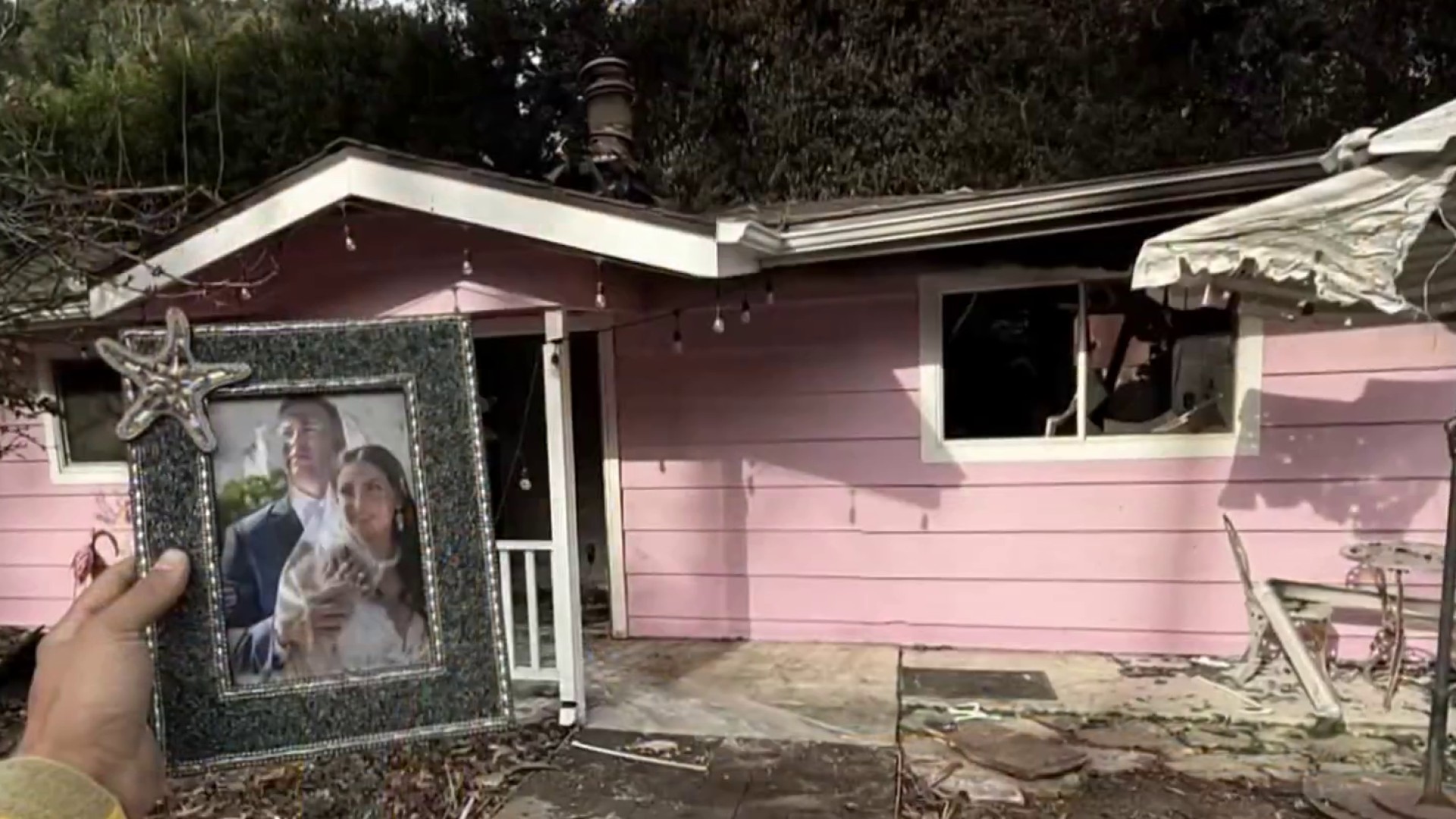In a first step of a pilot effort to coexist development in Los Angeles' hillsides with its wildlife population, a proposed ordinance that would create a wildlife district in the Santa Monica Mountains between the 405 and 101 freeways passed the city's planning commission today by a 4-0 vote.
If approved by the City Council, the ordinance -- which would apply to the 62,500 property owners in the proposed district by regulating certain construction and developments -- could be considered for other areas in the city containing wildlife habitats. That could include a larger swath of land in and around the mountains and some parts of the San Fernando Valley.
Commissioner Karen Mack said the proposal is part of the work of dealing with the threat of climate change.
“The choice is really: My property value or the survival of humanity,” Mack said.
Get top local stories in Southern California delivered to you every morning. >Sign up for NBC LA's News Headlines newsletter.
She added that the commission was "moving this forward today because it's essential in our life in Los Angeles."
The proposal was introduced in 2014 by Councilman Paul Koretz -- who represents parts of the Santa Monica Mountains -- through a motion that called for a set of land regulations to maintain wildlife habitat connectivity, protect the city's biodiversity, wildlife connectivity and unique habitats. Koretz, who spoke at the meeting, said the intention of the measure is to protect existing wildlife corridors while preventing bottlenecks and chokepoints caused by new construction in the hillsides.
“The Santa Monica Mountains are one of our last defenses against climate change,” Koretz said.
Local
Get Los Angeles's latest local news on crime, entertainment, weather, schools, COVID, cost of living and more. Here's your go-to source for today's LA news.
Supporters cheered the proposed measure as a win for protecting wildlife, while opponents criticized the effort as imposing restrictions on building new housing and adding space to smaller homes.
Los Angeles -- which is located in a global biodiversity hotspot -- is seeing an increase in developments in ecologically significant areas, according to the city's planning department. The average size of homes in the proposed wildlife district has more than doubled in the last six decades -- from 4,300 square feet in 1962 to 8,800 square feet in 2020.
“The way that we are building our homes is oftentimes impeding plants and animal communities from continuing to also coexist in the communities that we are building,'' said Kat Superfisky, an urban ecologist with the city.
The draft ordinance imposes regulations on developments in hillsides, and applies only to new construction and certain additions and remodels of existing homes. Construction or additions of over 500 square feet would be reviewed for compliance.
Projects of 6,000 square feet or larger would also be subject to a site plan review, with the commission amending the proposed 7,500 square feet by city staff.
Chris Thornberg, director of the UC Riverside School of Business Center for Economic Forecasting and Development and a resident of the district, blasted the proposal in an interview with City News Service as ``another NIMBY anti-growth ordinance that pretends to help wildlife.''
“The real issue here is that while the motivations of this thing are good, what is coming out of this is basically a set of rules and ordinances that have very little to do with wildlife and everything to do with just being a standard anti-growth set of rules,'' Thornberg said.
Thornberg said that some provisions in the ordinance, such as a site review for certain single-family homes, was not relevant to wildlife. He accused Koretz, who is leaving office next week and lost in the city controller's race, of "padding" his resume at the expense of “destroying my neighborhood.”
Koretz's office released a statement Wednesday announcing that the councilman would be speaking at the meeting to counter what it described as “lies and misinformation” being spread in opposition to the ordinance.
Koretz defended his record at the meeting by noting his two successful re-election campaigns while admitting that “the voters of the city of Los Angeles clearly decided they wanted a CPA rather than a councilmember as their City Controller,” referring to Kenneth Mejia, who won handily over Koretz in the Nov. 8 general election.
“In no way does that indicate a lack of support on behalf of the residents of the 5th District for this measure,'' Koretz said.
Under the proposal, a height limit of 45 feet would be imposed on developments, which city planning officials said would accommodate up to a four-story building. New construction would prohibit grading on slopes exceeding 100%. Basements would be counted toward a development's residential floor area calculation, and lot coverage maximums in some zones would be raised to 50%.
Property owners in certain zones would be required to have a minimum number of native plants, and tree removals would be regulated. Certain types of material, such as barbed wire and plastic mesh, would be prohibited in fencing -- which planning officials said could injure or entrap wildlife.
The proposed ordinance would also limit the height of light fixtures and require lighting be directed away from open space to minimize nighttime disturbances to wildlife. It would require bird-safe window treatments and require trash and recycling bins to be enclosed.
Mashael Majid, planning director for Councilwoman Nithya Raman, said at the meeting that overdevelopment negatively impacts local ecology and wildlife, with larger projects requiring more complicated construction and homes becoming less affordable. Raman's district stretches from the Santa Monica Mountains to San Fernando Valley.
“The draft wildlife ordinance presents a critical opportunity to create sensible regulations that help us address hillside issues and our climate resiliency goals on a more systemic level,'' Majid said.



